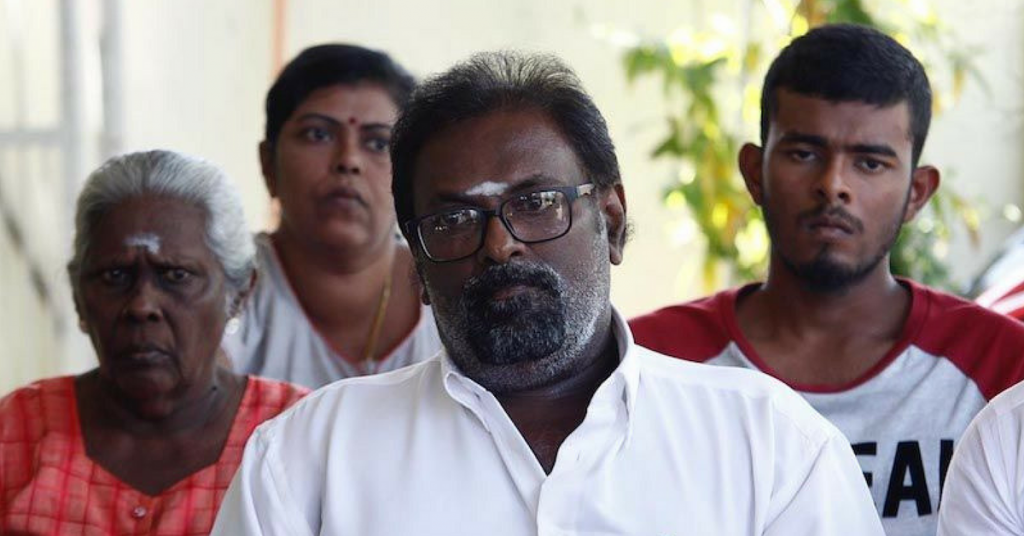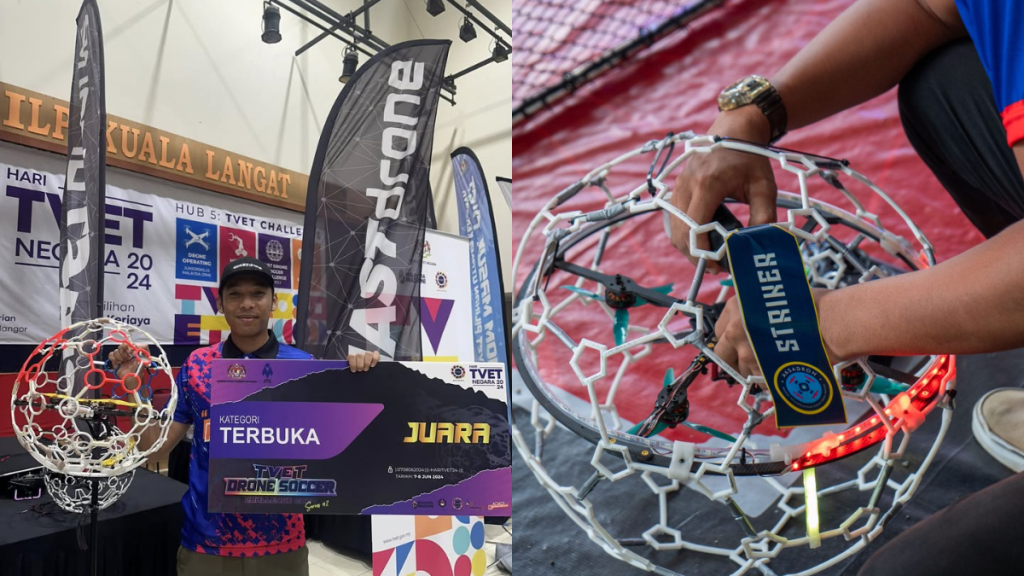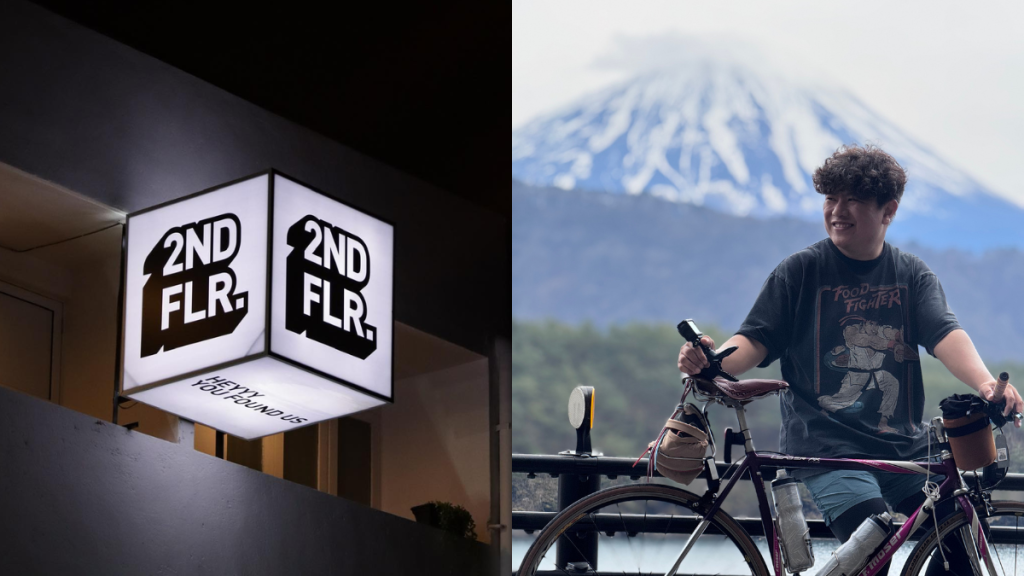- A teenager committed suicide after being accused of stealing an iPhone. She denied the theft in her suicide note.
- Investigations are ongoing, but certain media wrongfully reported that CCTV footage confirmed that the teen did steal the phone. The police have denied it.
- This highlights problems with the local media environment and the public that encourages this behaviour.
On the 27th of January, news broke that 13-year-old Vasanthapiriya had locked herself inside her room and attempted to hang herself with a shawl. On that day, her teacher had taken Vasanthapiriya home after holding the student responsible for a missing iPhone.
Allegedly, a group of teachers had grilled Vasanthapiriya about the incident, and were said to have confined her for hours.
Vasanthapiriya repeatedly denied having stolen the phone. She’s since passed away from the injuries sustained.
When a tragic incident like Vasanthapiriya’s happens, tensions run high. The situation culminated in the loss of a life, and the public is shaken by the circumstances that led to her demise.
The ongoing case is now under police investigation—a very public one.
The whole proceeding has really highlighted the issues that have been dogging our current media landscape. It’s a cascade from the source to the readers, and all of it has culminated into an unhealthy environment where fake news flourishes.
The Media
How the news media reports facts can influence what we think about any incident.
Almost every news piece you’ve ever read has a certain amount of storytelling that goes into it—this can build up to form a bias. Even if the reporting is strictly on a factual event, the words used, the tone, and even the photos paired up with the headlines can shift perceptions.
Some parties argue that there’s no such thing as objectivity in journalism. Everyone’s got a point of view, and that reflects in the news that we tell.
As readers, it’s our responsibility to parse through a news piece to determine what is fact, what is conjecture, and what is opinion, and then decide what we want to believe.
This is why it’s so important for news media to present the facts as-is. This way, readers can cut through any biases and still be able to form their own opinions.
Unfortunately, that trust has been broken in an update on Vasanthapiriya’s case over the weekend thanks to headlines that jumped the gun.
When news broke that “CCTV footage shows Vasanthapiriya taking iPhone“, it was not only shared all across social media, but even referenced by other news outlets.
However, this has since been debunked by the police. In a statement released, they highlighted that the poor quality of the video is hindering the police from verifying the footage. This means that whether Vasanthapiriya was shown to have stolen the phone is still unconfirmed, contrary to the headlines that had been making their way around.
“We need the forensics expert to further enhance to see who it is. So until then we cannot comment. At the moment whatever people write, or even speak about it, cannot be confirmed.”
– Penang police chief Datuk A. Thaiveegan
Since then, Vasanthapiriya’s parents have rightfully called out some news publications for spreading conjecture about their daughter.
An important trust has been breached here, and it has negatively impacted both the affected parties, and the public.
And what is our responsibility as media?
It’s clear. One piece of false news can lead other media to report on the same news, and this results in a series of falsehoods that hurts everyone.
Media has the responsibility to determine truth before sending off another piece of news lest misinformation is spread. Having made a mistake, once we know otherwise, we should amend their mistakes and own up.
Of course, that might not completely end the misinformation, but that shows that the media outlet is taking an active stance to keep to the truth.
The Public
Since the rise of social media, it’s been a lot easier to rally the disjointed public into a specific cause. Good has come from this before. You might think the Ice Bucket Challenge is lame, but it helped raise money for breakthrough ALS research. I’d count that as a win.
Unfortunately, we don’t always rally for the right causes.
Our courts can only truly be fair and just with an important assumption—innocent until proven guilty. The public is not beholden to such responsibilities.
Netizens have a tendency to start punishing the “sinners” before anything is confirmed by the court of law.
Vasanthapiriya was “shown” to have taken the phone in a short amount of time; yet the teacher in the case still receive death threats.
If the public is so ready to condemn the teacher before she’s confirmed to have done anything, then we’re undermining the processes to determining guilt, set in place by the laws of the land.
This wouldn’t be the first time netizens jumping the gun caused someone’s life to implode over false accusations.
Too many netizens take assumptions and conjecture as fact. Rumours were rife about the status of the phone itself (that the teacher found it and was seen holding it spread like wildfire).
But you’re also responsible for other things.
The reason why news media is tempted to go with “edgy” titles is that these are the pieces that get them the most eyeballs.
This is the kind of clickbait and outrage that ill-reputed publications like The Daily Mail thrive in. And the readers are as much to blame for not just reading such “news” but also sharing it widely.
What is our responsibility then?
Once the full news of the CCTV footage broke, there were a lot of comments calling out various publications for reporting wrong news.
This helps the public keep a publication’s previous misdeeds in mind and serves as a warning to the publication: If they report on wrong or sensationalised information, they’re going to get called out on it.
And for daily practicality, if a source of news has been shown to be consistently unreliable in the past, maybe think before hitting that share button.
The Influencers
Not pretty girls posing in cafés, but instead people of influence—ministers, experts, leaders, etc.
The Deputy Education Minister Datuk P. Kamalanathan verbally confirmed that Vasanthapiriya had cut her wrists in 2016, and that the report had been submitted to the police. Vasanthapiriya’s father has denied those statements, saying that there are no police reports or hospital records from that time to show this happened.
When you are someone who carries influence and clout among your constituents, remember that your words carry deeper weight. Things that influencers say go far and wide, so it is important that they ensure facts are accurate before speaking.
What can the influencers do better?
In a delicate case like this, influencers need to think about what they’re adding to the conversation. There’s a lot of conjecture flying around and there’s potential for wrong conclusions to form, especially since the investigations are still ongoing.
The sorry state of how information flows in our nation has real impact. So far, an already grieving family is facing more grief than they need to because we don’t use media properly. And this is not okay.
As investigations continue, we as a nation would do well to learn from the undue difficulties all of this have caused and begin doing better to everyone.
Feature Image Credit: Malay Mail













